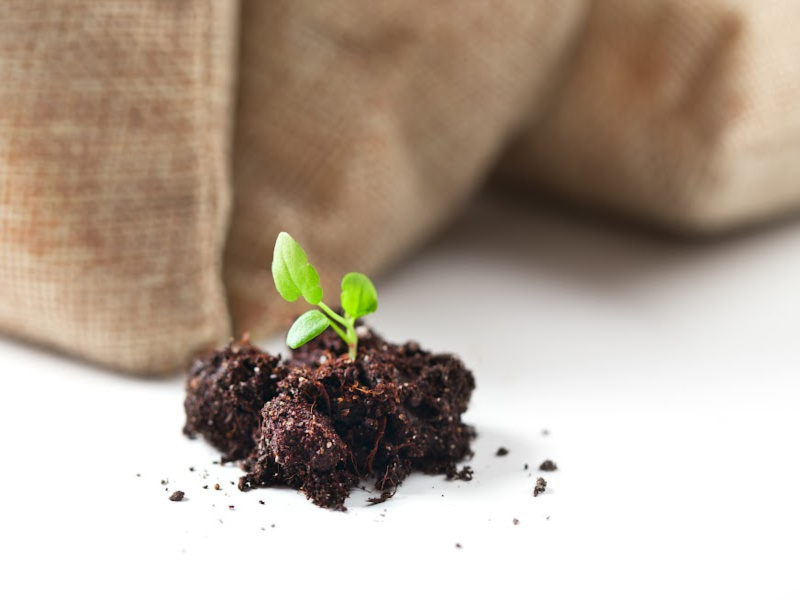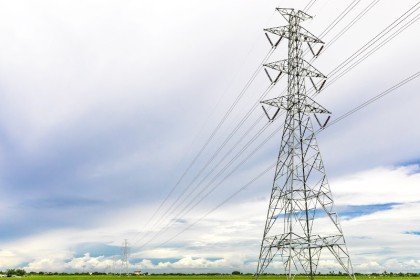
Effective Stewardship In The Fertilizer Industry
Effective stewardship in the fertilizer industry was discussed during the virtual Fertasa Soil Fertility & Plant Nutrition Symposium held on 15 September 2021.
The focus of the 2021 symposium was:
“Fertilizer Nutrient Use Efficiency”
This highly successful symposium and workshop was held on 15 and 16 September. All the presentations and discussions were conducted virtually via Zoom.
Objectives of Fertasa
The Fertilizer Association of Southern Africa strives to:
- Promote agri-economic and environmentally accountable fertilizer and aglime application practices. (Stewardship)
- Provide a discussion forum for its members and other parties on all aspects relating to fertilizer and aglime distribution, agronomic advice, and product quality.
- Assimilate, add value to and disseminate fertilizer and aglime related information.
The Fertasa code of conduct further requires that its members should promote manufacturing, crop production and product application practices with due concern for human health and the environment.
Market background
Grain SA stated recently that the only way grain production, especially maize, can continue profitably in South Africa, is when climatic conditions are very favourable and grain prices are high. The recent bumper crops with record yields and high grain and other product prices, were extremely valuable to South Africa’s GDP and helped reaffirm Agriculture and the fertilizer industry, amongst other agricultural input industries, as “essential” services.
The concern, however, is that increasing input costs could render this essential industry unprofitable.
Fertilizer comprises approximately 30 to 40% of the input costs in maize production, according to Grain SA. This emphasises the importance of ensuring the efficient and effective use of fertilizer.
SYMPOSIUM
Fertasa was very fortunate to have world class scientists who shared their knowledge and expertise in managing this crucial aspect of crop production with its members and other scientists during the symposium and follow-up workshop.
The programme for 15 September dealt with formal presentations by the following:
● Doctor Achim Dobermann, chief scientist of the International Fertilizer Association (IFA):
Dr Dobermann has served as Director and CEO of the renowned Rothamsted Research in the UK. He has over 30 years of field experience in every region of the world, working on science and technology for sustainable farming, with particular emphasis on soil science, plant nutrition and agronomy. He was also Professor of Soil Science and Nutrient management at the University of Nebraska-Lincoln. Dr Dobermann received a PhD in Soil Science from the University of Leipzig in Germany.
The title of his presentation was: “A New Paradigm for Plant Nutrition”
● Professor Ismail Cakmak from Sabanci University in Turkey:
Professor Cakmak is a professor at the Sabanci University-Istanbul in Turkey. He has received various awards, including the IFA International Crop Nutrition Award in 2005, the International Plant Nutrition Institute Science Award in 2016, and The World Academy of Sciences 2016 Agricultural Sciences Prize.
He has published over 200 peer-reviewed journal articles which have gained him a Hirsch index of 96, with over 37 000 citations.
He received his PhD at the University of Hohenheim in Stuttgart, Germany.
The title of his presentation was: “Micronutrient Uptake and Interactions”
● Doctor Shamie Zingore from the African Plant Nutrition Institute:
Doctor Zingore is Director of Research and Development for the African Plant Nutrition Institute (APNI), based in Benguérir. He is an internationally recognized expert in soil fertility and plant nutrition management and led the pioneering work that introduced the 4R nutrient stewardship in Africa. He started his studies in Soil Science at the University of Zimbabwe and holds a PhD degree in Soil Science and Farming Systems Analysis from Wageningen University.
The title of his presentation was: “Soil Organic Matter Management and 4R Principles for NUE”
● Professor Zin Zhang from the University of Maryland Center for Environmental Science:
Professor Zhang is currently working as Associate Professor at the University of Maryland Center for Environmental Science. Her research approaches are from both natural science, including the Earth System Model and atmospheric measurements, and social science. She holds an MA degree in Environmental Science from Peking University and a PhD from Yale University.
The title of her presentation was: “Nutrient Use Efficiencies on and Beyond Crop Farms”
● Professor Claudia Wagner-Riddle from the University of Guelph, Canada:
Professor Wagner-Riddle is based at the School of Environmental Sciences (SES), University of Guelph, Canada. She is originally from Brazil and has degrees from the University of Sao Paulo and a PhD from the University of Guelph. She is an expert in the application of micrometeorological flux techniques to measure greenhouse gas emissions (GHG) from agriculture, with emphasis on nitrous oxide, a greenhouse gas associated with nitrogen fertilizer use. She is a fellow of the Soil Science Society of America, the American Meteorological Society, and the Canadian Society of Agricultural and Forest Meteorology. She was awarded the 2020 IFA Borlaug Award of Excellence in crop nutrition. With more than 150 papers, she has an Hirch-index of >43.
The title of her presentation was: “Monitoring Nitrous Oxide Emission for Controlling N Fertilization”.
● Doctor Tom Bruulsema from Plant Nutrition Canada:
Doctor Bruulsema is Chief Scientist with Plant Nutrition Canada and provides support for the nutrient stewardship programs of Fertilizer Canada, the Fertilizer Institute, and the International Fertilizer Association. He is a fellow of the American Society of Agronomy, the Soil Science Society of America, and the Canadian Society of Agronomy. He holds a PhD in Soil Science from Cornell University.
The title of his presentation was: “The Role of the Fertilizer Industry in Enhancing Nutrient use Efficiency”
● Mr Jan van der Merwe is an individual member of Fertasa:
Mr van der Merwe gained valuable experience in conducting fertilizer and crop protection product trials for the Fertilizer Society of South Africa (FSSA), the University of Pretoria, and various fertilizer and chemical manufacturing companies. He also farmed for himself while developing an agricultural advisory and consultation business.
He holds a National Diploma in Agriculture (Agronomy and Soil Science) obtained from Technikon Pretoria and has completed many practical courses, including a “Masterclass Plantsapmetingen” from the University of Wageningen. He is a registered scientist at the South African Council for Natural Scientific Professions (SACNASP).
The title of his presentation was: “Plant Sap Monitoring for NUE”
WORKSHOP
A workshop was held on 16 September to discuss and evaluate various processes to enable optimum Nutrient Use Efficiency which were presented the previous day.
The presenters of the previous day composed a panel to which questions could be directed through a facilitator selected from member companies. The following aspects were dealt with:
● Role of 4R Principle and Precision Fertilizing, chaired by David Taverna-Turisan from Stoller SA.
● Role of Inhibitors, chaired by Dr Arrie van Vuuren, an individual member of Fertasa.
● Role of Enhancers, chaired by Martin Botha from NutriCo.
● Role of Biofertilizers, chaired by Dr Veronica Patterson of Omnia Fertilizer.
Discussion
Lively discussions took place between the panel and some 60 to 80 participants. Much clarity was obtained by all regarding the process of increasing Nutrient Use Efficiency. Practical issues were widely debated. The first “R” (resource) of the 4R principle was intensively discussed and it was confirmed that this “R” could be anything from N, P, K, S, micronutrients, lime, and gypsum, to inhibitors, enhancers and biofertilizers, as well as anything in between, which could be applied at correct levels, according to defined methods, and in particular places. The time allocated for the discussion had to be extended by almost an hour to accommodate the flow of questions and comments.
Each presenter provided a takeaway message regarding the various topics that were discussed and deliberated.
by Dr Pieter Haumann, CEO, Fertasa
For other agricultural products and services, click here.












